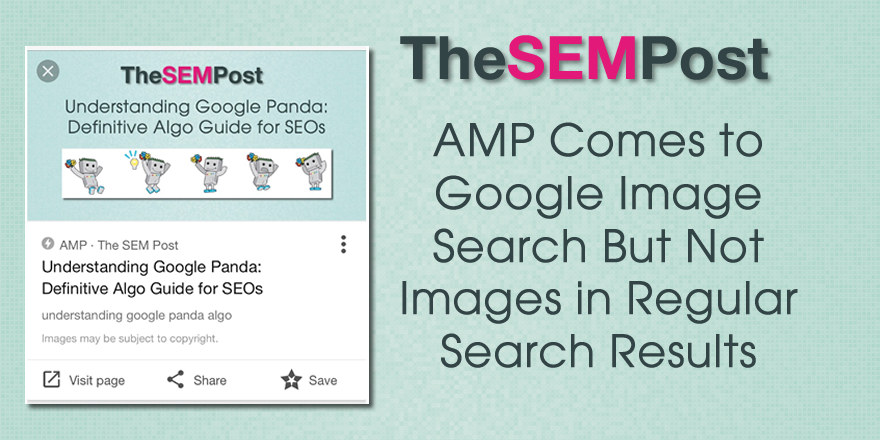 If your images are on AMP pages, Google will now show the AMP URL, along with the icon, in the mobile image search results.
If your images are on AMP pages, Google will now show the AMP URL, along with the icon, in the mobile image search results.
Here is what it looks like:
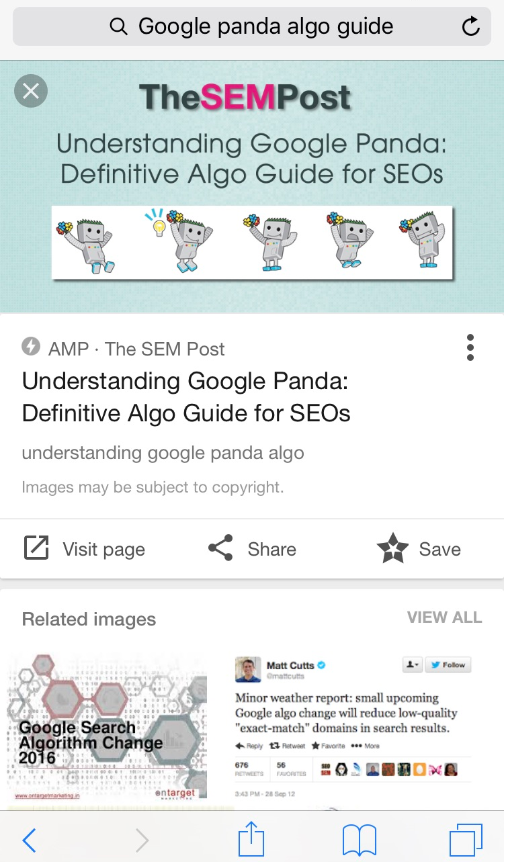
When viewing images in image search, you can’t actually tell whether the image is on an AMP page until you select and image and Google expands it to show the additional information about the image. Google will show the lightning bolt icon with “AMP” before the site title.
When you then click through to the page, it will come up with the AMP version of the page where the image resides.
There is an interesting thing about this. When the images are shown in the regular search results, Google does not default to the AMP image page. Instead, it goes to the regular non-AMP image. But when viewing it from image search, it will then show the same identical logo from the same site, but defaults to the AMP one.
Here is the logo in the regular search results, and then expanded.
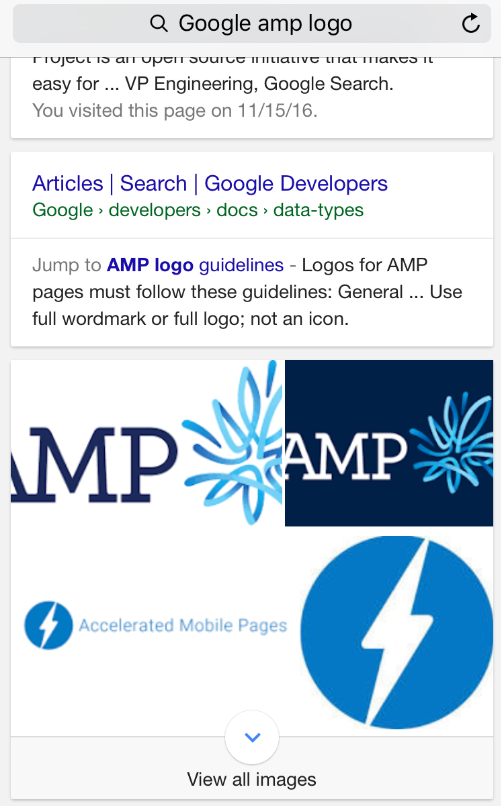
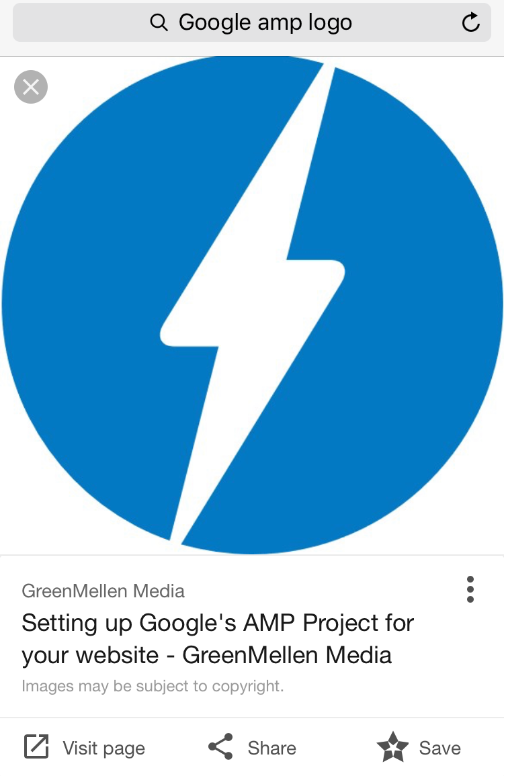
Then clicking more images brings up the same initial four images, and now it is the AMP version.
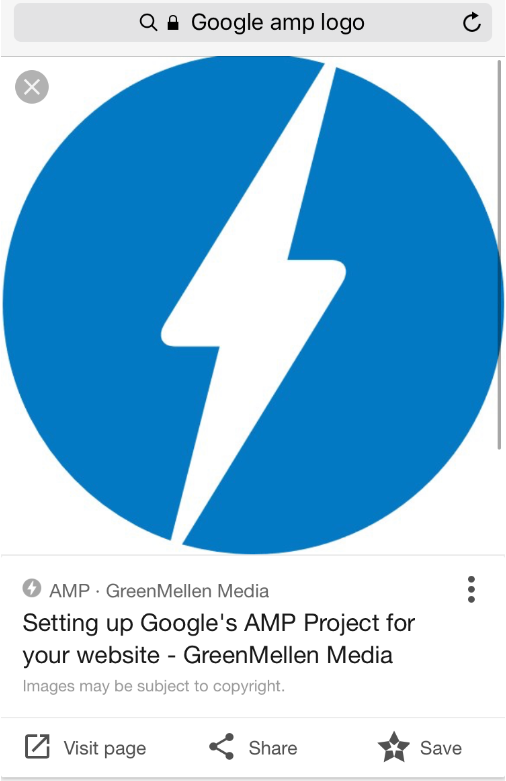
It isn’t clear why Google would have made this choice though, especially showing it in two different page formats for the identical image.
Scott Sala says
I think there is no reason to put the AMP logo/icon in the Image Results. Most of the public could care less about AMP – being AMP. They just want a fast user experience.
Google just knows when people click into a page from images searches, they want a fast experience there too. So it’s not really about the AMP image as much as it is about surfacing fast-loading pages within the Image Search tab.
And it’s odd that you’d feature AMP images rather than regular images. I think that most people who want the images (not the page) – want high quality images (aren’t image searchers often “stealing” images for presentations, etc.?). But for those who actually visit pages, at least it’ll be fast.